
Strategic Problem-Solving: Recognize and Extend Patterns
R
ecognizing sequences — whether in numbers, colors, events, or ideas — builds the foundation for mathematical reasoning, scientific observation, and logical planning. Children often rush past these patterns, missing critical clues that would help them organize information or predict outcomes. Teaching them to ask, “What comes next?” trains them to slow down and observe carefully, a skill vital for success in school and in future fields like programming, analysis, or research.
One evening, my son played absentmindedly with colored beads, arranging them randomly until I asked if he could find a pattern. Curious, he lined up red, blue, red, blue — and then guessed what should come next. As he identified the emerging sequence, his face brightened with understanding. That simple shift in focus taught him that order often hides in plain sight, waiting for an attentive mind to uncover it.
You can nurture this ability by setting up simple sequence hunts each week. Offer your child a set of objects, patterns, or numbers and ask them to predict what should follow. Help them record their discoveries in a “Pattern Journal,” drawing connections between different types of sequences they encounter. Games like “Sequence Star” or hands-on bead kits bring playful reinforcement. Over time, recognizing structure will become second nature, equipping them to tackle complex tasks with methodical clarity.
Strategic Problem-Solving
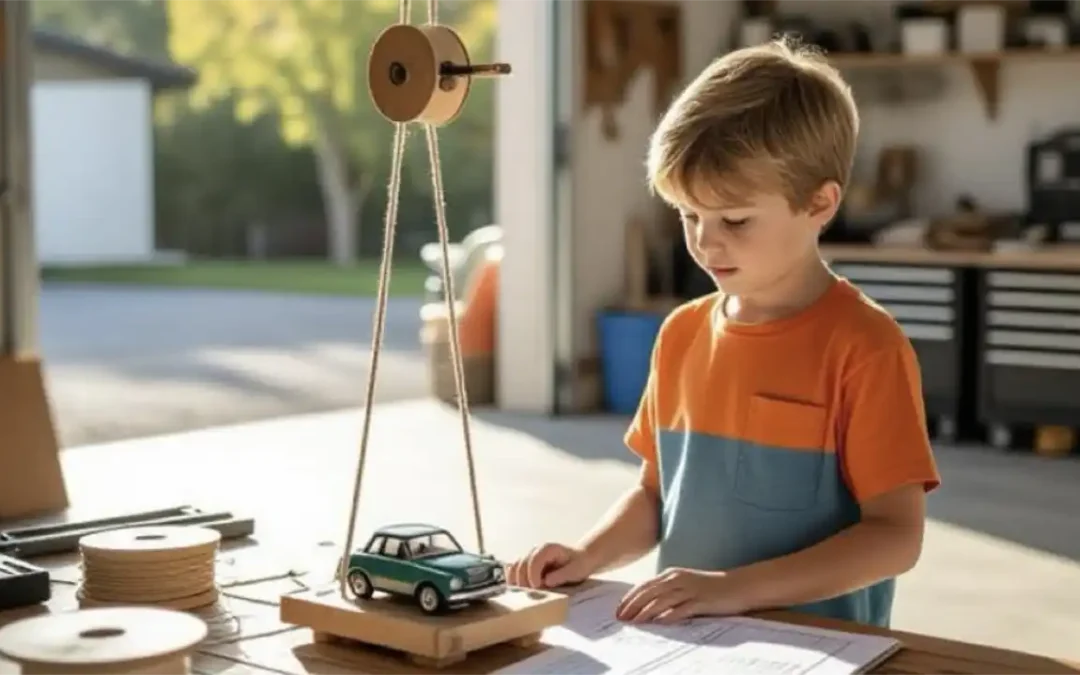
Strategic Problem-Solving: Think It Through Before You Act
Teach children to pause and reflect before responding. This supports emotional regulation, patience, and thoughtful choices.
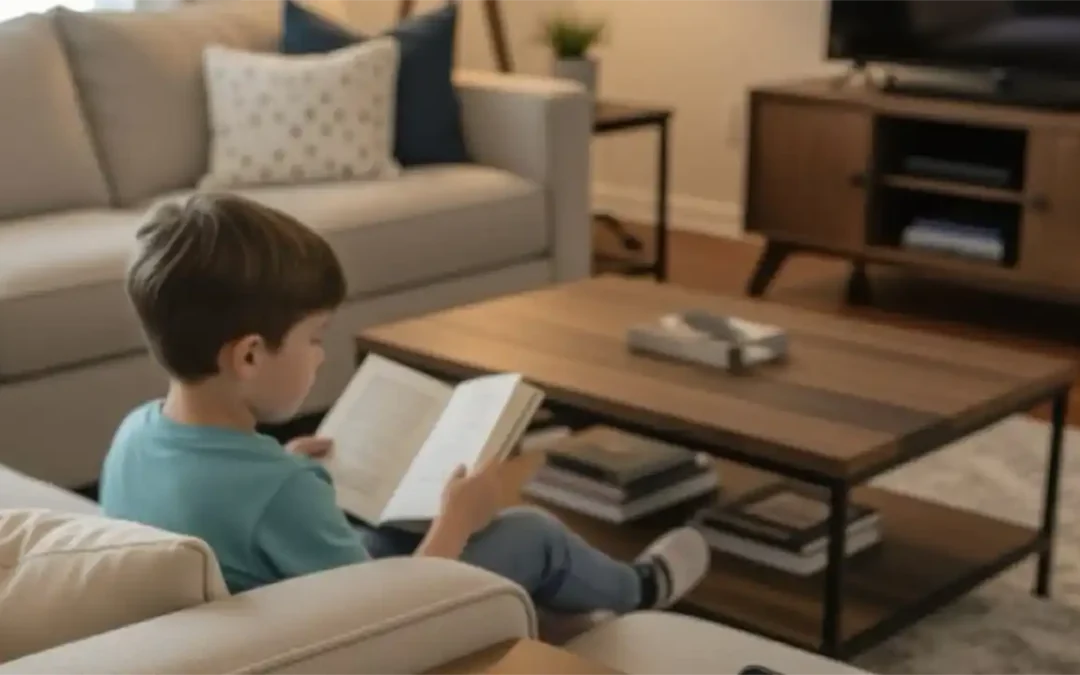
Strategic Problem-Solving: Strengthen Sustained Attention
Focus grows through practice. Use gentle routines to help children develop concentration and stay engaged without stress.
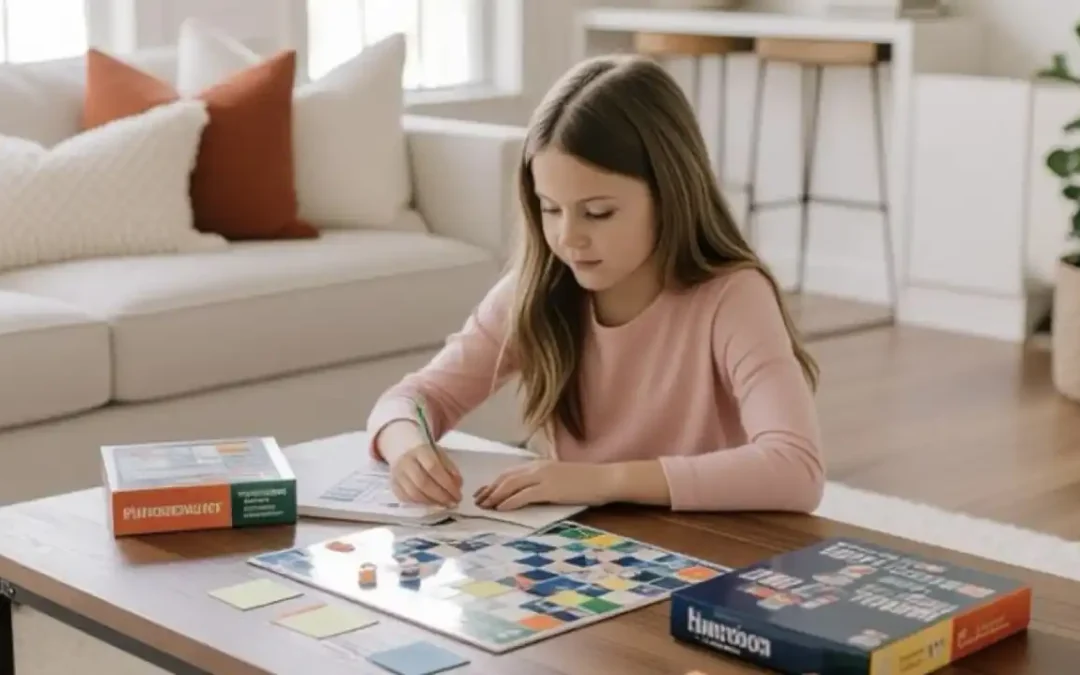
Strategic Problem-Solving: Plan Ahead
Planning helps children manage time, emotions, and goals. Learn how to encourage simple planning habits that grow into lifelong strengths.
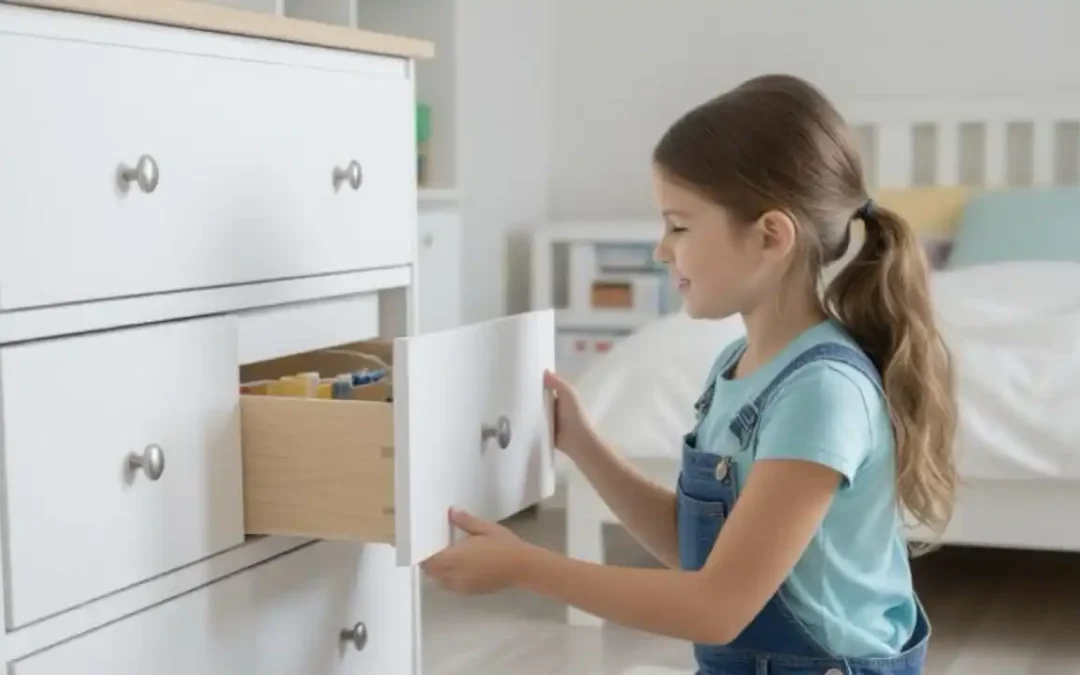
Strategic Problem-Solving: Invent New Solutions When Stuck
Encourage creativity when challenges arise. Children learn flexibility and resilience by trying new approaches when the first attempt doesn’t work.

Strategic Problem-Solving: Solve Problems with Clues
Teach children to look for clues, test ideas, and try again. Clue-based reasoning strengthens persistence and careful observation.
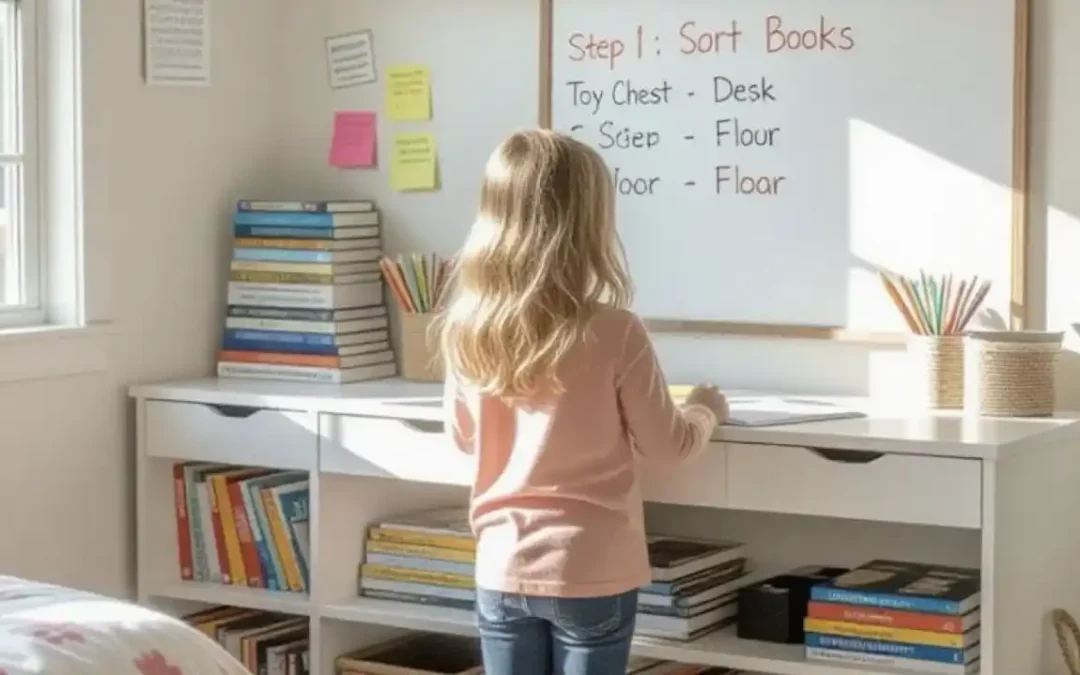
Strategic Problem-Solving: Break Big Problems Into Steps
Help children approach challenges by dividing them into manageable pieces. This builds patience, logical thinking, and success over time.
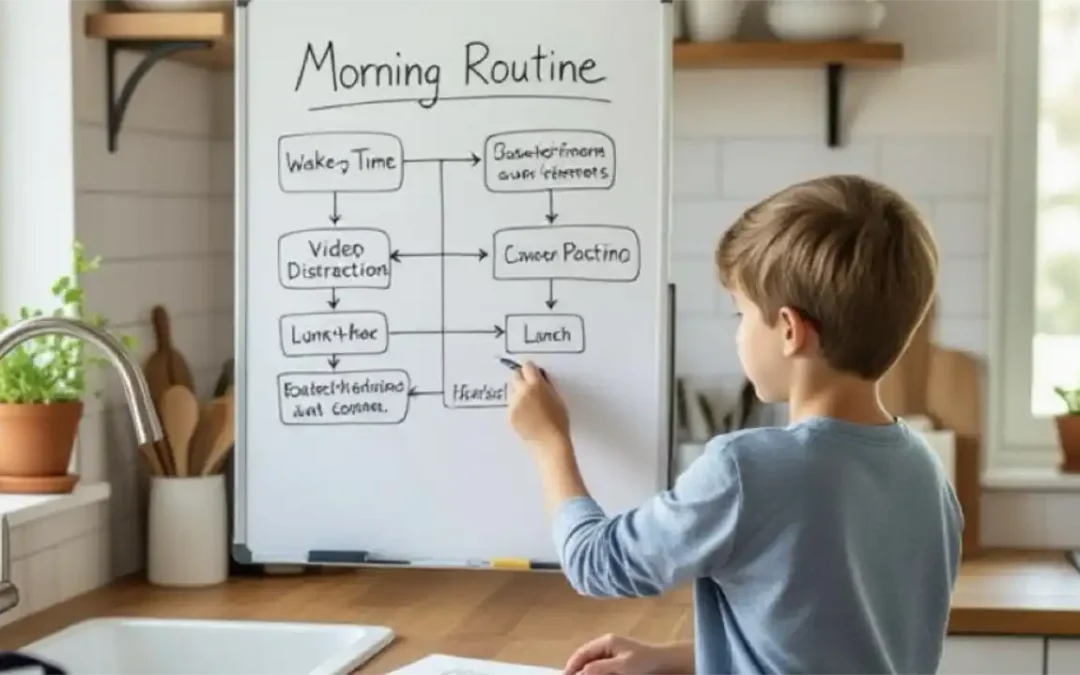
Strategic Problem-Solving: Think in Systems
Show children how parts connect within a whole. Systems thinking encourages clarity, planning, and thoughtful decision-making.

Strategic Problem-Solving: Sequence Complex Tasks Effectively
Teach children to break big tasks into simple steps. Sequencing builds problem-solving skills, independence, and confidence.
Table of contents

Primordial Soup for the Mind: Navigation
Navigate the book Primordial Soup for the Mind.
TIPS
- Ask “What repeats?” or “What comes next?”
- Use hands-on toys or visuals to build recognition
- Start with obvious patterns, then increase complexity
- Link to music, nature, and math
- Praise careful attention to order, not just speed
ACTIVITIES
- Color Order: Arrange toy colors or beads, then guess what comes next — 10 min
- Sound Sequence: Tap a rhythm, have your child predict and repeat it — 10 min
- Number Grid: Use number sequences or shapes to guess the rule — 10 min
TOOLS
Bead sets, Sequence Star kit, pattern cards

Download “Primordial Soup for the Mind: A Parent’s Guide to Nurturing Intellectual Growth”
Enter your information to get this article and hundreds more as part of the FREE book Primordial Soup for the Mind.
Share your thoughts with the Thought Academy community in the Comments section below.

Sharpen those skills!
Enter your information to get our FREE practice exercises so you can hone your critical thinking and reasoning skills!

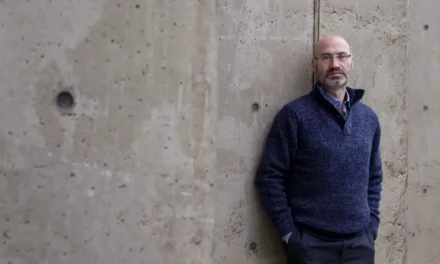



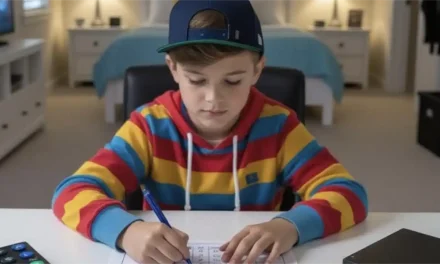

0 Comments